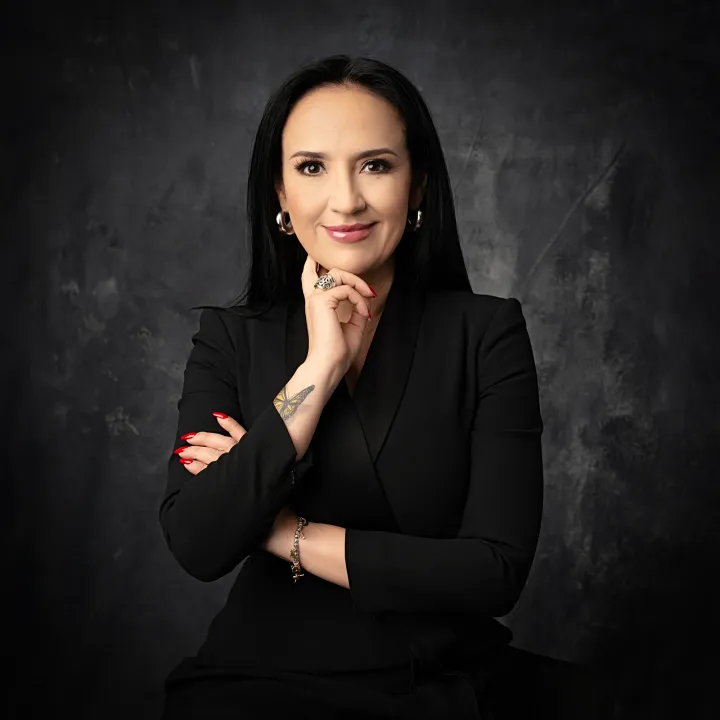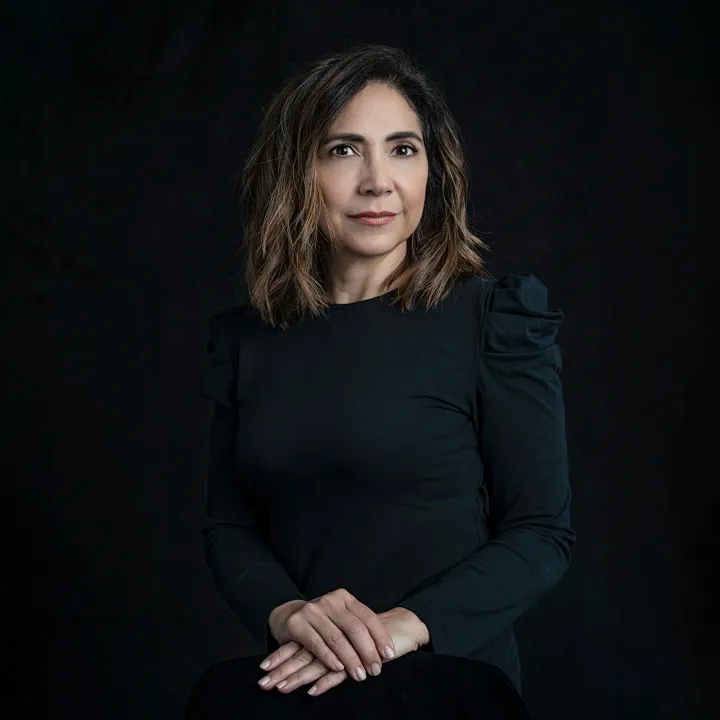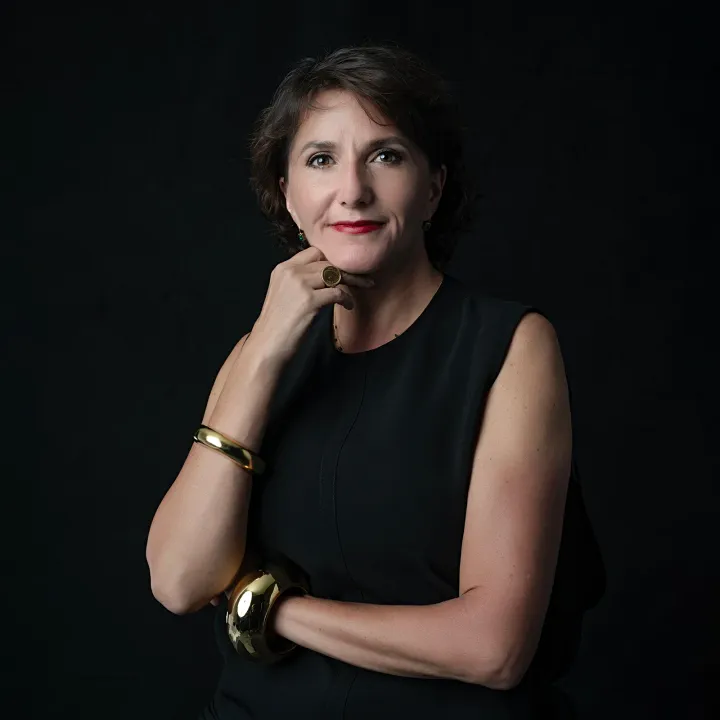By Juana Ramírez
I have been living outside Colombia for so many years that I must confess that I am really moved by the renewed approach that this series gave me to "Colombianness". And I am referring to the postures of the people, the ways of speaking - far beyond the accents -, the music, the flowers, the butterflies, the colors and that way of looking at life that, although it is still very common to all of us who were born in Latin America, it does have that "I don't know what" that is so "I don't know what" that makes me think of Colombia, does have that "I don't know what" that smells of guava, humidity, sugar cane honey and white corn roasting on charcoal after being caressed and made into arepa by the strong hands of a woman with long, very, very long jet black hair.
I also think it is necessary to clarify that I have read One Hundred Years of Solitude four times in very different stages of my life. I was 4 years old when Gabriel García Márquez was awarded the Nobel Prize for Literature. Imagine a country plagued by the violence of drug trafficking, poverty and damned political corruption, receiving news that reminded you that Colombia was more than cocaine, guerrillas, narcos, paramilitaries, newscasts that counted hundreds of dead, bombings, pain and death. There was also art, imagination, magic and a lot of talent. It was an announcement of hope.
Gabo then became an obligatory writer and his work became part of the school books. My first time with that novel -not with Gabo, because first I read El relato de un náufrago-was when I was 8 or 9 years old, in elementary school. I guess I understood less than half of it, got bored and quickly forgot it. Then, at the nuns' school, when I was about 13, I started reading it and I couldn't stop until I finished it. I would stay awake reading under the covers with a small lamp, because in Bogota it is very cold at night and because, if my mother caught me reading, she would scold me and force me to sleep, worried that the next day I would have to get up early. Then in college, around the age of 17, because I loved taking elective courses in literature to discover things in the narrative of the characters that I had not been able to see before. My last time, already living in Mexico, was in 2008, when I had the privilege of meeting Gabo at the Colombian ambassador's house, invited to a tribute in his honor that ended in a gathering and vallenatos. That early morning I arrived directly to the library with García Márquez's coastal voice in my head, because I wanted to imagine that voice narrating the whole story for me.
I have read all of his work. I have seen the few film productions that have been made about his novels and, except for one, I hated them all. I feared seeing Ursula Iguarán and José Arcadio Buendía imagined by someone else who could disturb my own characters. I feared they would change my construction of the Buendía house or the streets of Macondo. I was part of the hordes of pseudo literary purists who doubted and even condemned the idea of turning "THE" literary work into images... and on Netflix! It sounded like a major sacrilege.

The opinions expressed are the responsibility of the authors and are absolutely independent of the position and editorial line of the company. Opinion 51.





Comments ()